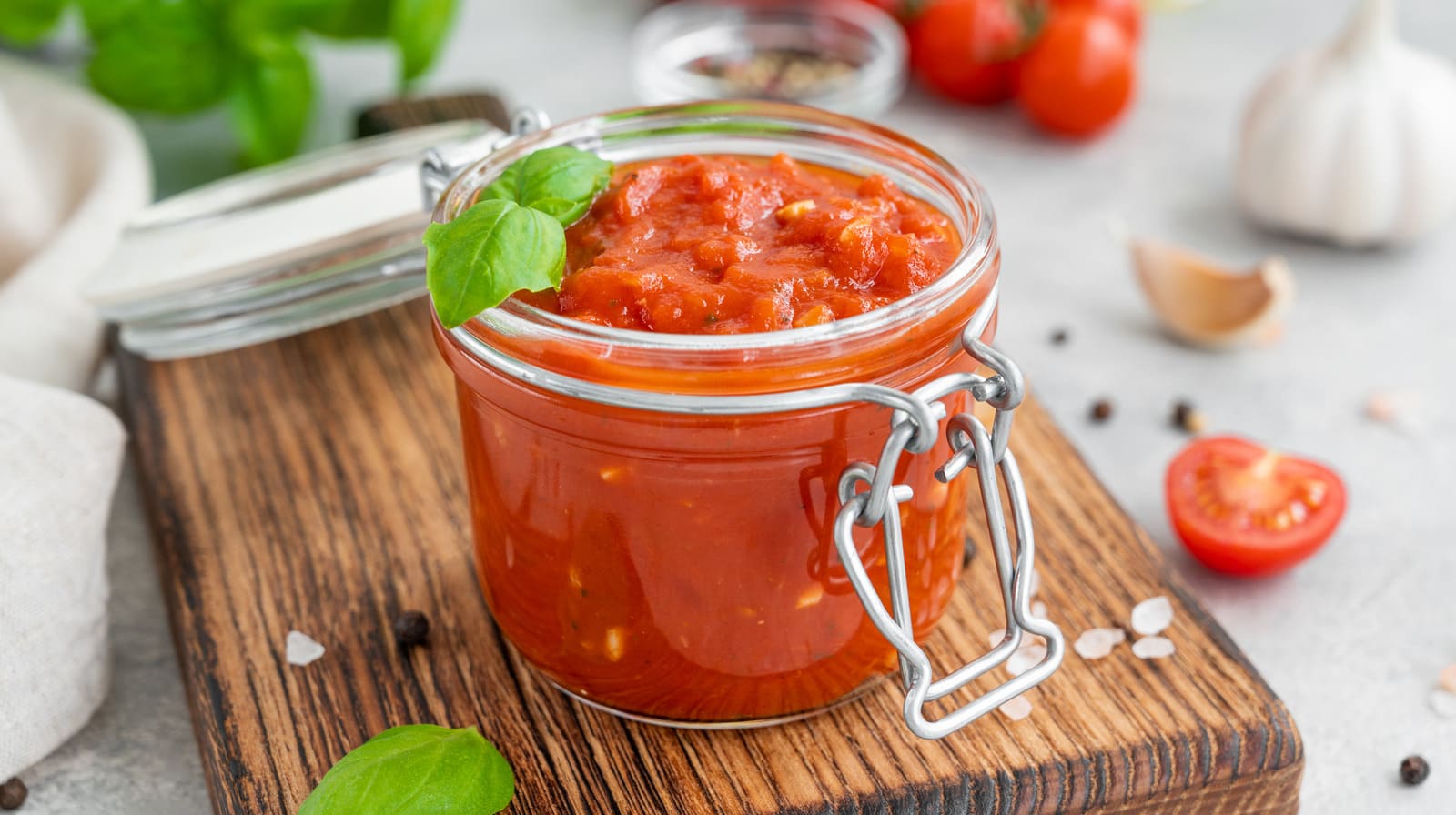

Articles
How To Store Homemade Marinara Sauce
Modified: February 26, 2024
Learn the best techniques for storing homemade marinara sauce with this informative article. Keep your sauce fresh and flavorful for longer periods.
(Many of the links in this article redirect to a specific reviewed product. Your purchase of these products through affiliate links helps to generate commission for Storables.com, at no extra cost. Learn more)
Introduction
Homemade marinara sauce is a delicious and versatile condiment that can elevate the flavors of any dish. Whether you are a seasoned cook or a novice in the kitchen, making your own marinara sauce from scratch is a rewarding and fulfilling experience. Not only does it allow you to control the ingredients and customize the flavors to your liking, but it also gives you the opportunity to store the sauce for future use.
In this article, we will guide you through the process of storing homemade marinara sauce so that you can enjoy the rich flavors even when you’re pressed for time. We’ll cover everything from the supplies you’ll need to the proper techniques for cooling, freezing, thawing, and reheating. So let’s dive in and learn how to store homemade marinara sauce like a pro!
Key Takeaways:
- Preserve the flavors of your homemade marinara sauce by gathering the right supplies, properly cooling, and storing it in airtight containers. Label and date the containers for easy tracking and enjoy the sauce anytime!
- Enhance the longevity of your homemade marinara sauce by freezing it in proper containers, thawing it gradually, and reheating it with care. Use high-quality ingredients, portion the sauce, and get creative with add-ins for a delightful experience.
Read more: How To Store Marinara Sauce
Gathering the Necessary Supplies
Before you begin making your homemade marinara sauce, it’s important to gather all the necessary supplies. This will ensure a smooth and efficient cooking process, as well as provide you with the essential tools for storing the sauce afterwards. Here are the key supplies you’ll need:
- A large pot or saucepan: Choose a pot or saucepan that is spacious enough to accommodate the ingredients for your marinara sauce.
- Cutting board and knife: You’ll need a cutting board and a sharp knife to chop the vegetables and herbs for your sauce.
- Canning jars or containers: Prepare some clean and airtight canning jars or containers to store the marinara sauce. Mason jars with screw-top lids work well.
- Funnel: A funnel will help you transfer the hot marinara sauce into the jars or containers without making a mess.
- Ladle or spoon: You’ll need a ladle or a spoon to scoop the marinara sauce into the jars or containers.
- Labels and markers: To keep track of the stored marinara sauce and its expiration date, have some labels and markers on hand.
- Optional: If you plan to freeze the marinara sauce, consider using freezer-safe bags or containers that can withstand low temperatures.
By having these supplies ready before you start making the marinara sauce, you’ll be well-prepared to store it properly once it’s cooked. This will help maintain the sauce’s freshness and ensure its longevity in the refrigerator or freezer.
Preparing the Homemade Marinara Sauce
Now that you have all your supplies ready, it’s time to dive into preparing the homemade marinara sauce. Follow these simple steps to create a flavorful sauce that you can store for later:
- Heat a large pot or saucepan over medium heat and add some olive oil. Once the oil is hot, add chopped onions, garlic, and any additional vegetables you’d like, such as bell peppers or carrots.
- Saute the vegetables until they become soft and translucent, stirring occasionally to prevent them from sticking or burning.
- Add your choice of crushed tomatoes, tomato puree, or tomato sauce to the pot. You can also use a combination of these ingredients, depending on your personal preference and desired consistency.
- Season the sauce with herbs and spices like basil, oregano, thyme, and a pinch of red pepper flakes for some heat. Don’t forget to add salt and pepper to taste.
- Stir the sauce to combine all the ingredients and bring it to a gentle simmer. Reduce the heat to low and let it simmer for about 30 minutes to allow the flavors to meld together.
- Taste the sauce and adjust the seasoning if needed. You can add a pinch of sugar to balance the acidity of the tomatoes or a splash of red wine for added richness and depth of flavor.
- Once the marinara sauce is cooked to your liking, remove it from the heat and let it cool slightly before transferring it to canning jars or containers.
Remember to allow the sauce to cool completely before sealing the jars or containers to prevent condensation and potential spoilage. This will also help maintain the sauce’s texture and flavor for longer periods of storage.
Now that your homemade marinara sauce is prepared, it’s time to move on to the next step: cooling and storing the sauce.
Cooling and Storing the Marinara Sauce
Once you’ve prepared your homemade marinara sauce, it’s important to properly cool and store it to maintain its freshness and flavor. Here’s how you can do it:
- Allow the marinara sauce to cool completely before transferring it to storage containers. This can take anywhere from 1 to 2 hours, depending on the volume of sauce and the temperature of your kitchen.
- If using canning jars, carefully ladle the cooled marinara sauce into the jars, leaving about 1/4-inch of headspace at the top. This allows room for expansion during freezing and prevents the jars from breaking.
- If using other containers, be sure they are clean, airtight, and suitable for storing hot liquids. Transfer the sauce using a funnel to avoid spills and maintain cleanliness.
- Seal the jars or containers tightly to prevent air and moisture from entering. Label each container with the date of preparation to keep track of its freshness.
- Place the filled jars or containers in the refrigerator if you plan to use the sauce within a week. If you want to store it for a longer period, move on to the next step.
- If you intend to freeze the marinara sauce, ensure the jars or containers are freezer-safe. Alternatively, transfer the sauce to freezer-safe bags, removing any excess air before sealing. Label the bags with the date and portion size.
- Store the marinara sauce in the freezer for up to 3-4 months. It’s best to consume it within this timeframe for optimal flavor and quality.
Note that homemade marinara sauce may separate or develop a layer of oil when refrigerated or frozen. This is normal and can be easily resolved by giving the sauce a good stir or gently reheating it.
Now that your marinara sauce is properly cooled and stored, it’s time to learn the correct techniques for freezing, thawing, and reheating the sauce when you’re ready to use it.
Store homemade marinara sauce in airtight containers in the refrigerator for up to 1 week, or freeze in freezer-safe containers for up to 3 months. Be sure to leave some room at the top of the container for expansion if freezing.
Freezing the Homemade Marinara Sauce
Freezing your homemade marinara sauce is a convenient way to preserve it for longer periods, allowing you to enjoy its flavors even when you’re short on time. Here’s how you can freeze your marinara sauce:
- Ensure that the marinara sauce has cooled completely before freezing. This will help maintain its texture and prevent ice crystals from forming.
- If you’ve stored the sauce in canning jars, check that they are freezer-safe. If not, transfer the sauce to freezer-safe containers or bags.
- Remove any excess air from the jars or bags before sealing them tightly. This helps prevent freezer burn and maintains the quality of the sauce.
- If using bags, lay them flat on a baking sheet before placing them in the freezer. This allows the sauce to freeze in a thin and stackable shape, enabling easier storage and thawing.
- If using jars, leave about half an inch of headspace to allow for expansion as the sauce freezes. Keep in mind that glass jars may be more prone to cracking due to the expansion, so handle them with care.
- Label each container or bag with the date of freezing to ensure you use the oldest sauce first.
- Place the sealed containers or bags in the freezer and make sure they are stored in an organized manner, allowing easy access and visibility.
By following these steps, your homemade marinara sauce will be ready to be enjoyed even months after its preparation. Now, let’s move on to the proper techniques for thawing and reheating the sauce.
Read more: How To Store Homemade Sauce
Proper Thawing and Reheating Techniques
When you’re ready to use your frozen homemade marinara sauce, it’s important to thaw it properly to maintain its quality and taste. Here are some proper thawing and reheating techniques:
- Thawing in the refrigerator: The safest and recommended method is to thaw the frozen marinara sauce in the refrigerator. Place the sealed container or bag in the fridge and allow it to thaw overnight or for several hours until completely thawed. This gradual thawing process helps retain the flavors and prevents the sauce from becoming watery.
- Thawing in a cold-water bath: If you’re short on time, you can thaw the marinara sauce by placing the sealed bag in a large bowl or sink filled with cold water. Change the water every 30 minutes to maintain the cold temperature and ensure even thawing. Be careful not to use warm or hot water as it can lead to bacteria growth.
- Reheating on the stovetop: Once the marinara sauce is thawed, you can reheat it on the stovetop. Pour the sauce into a saucepan and heat it over low to medium heat. Stir occasionally to prevent sticking and ensure even heating. If the sauce seems too thick, you can add a splash of water or broth to achieve your desired consistency.
- Reheating in the microwave: Another quick and convenient option is to reheat the marinara sauce in the microwave. Transfer the thawed sauce to a microwave-safe container and heat it in intervals, stirring in between, until it reaches the desired temperature. Be cautious not to overheat the sauce as it can result in uneven heating or make it too hot.
Regardless of the method you choose, always ensure that the marinara sauce is heated to a temperature of at least 165°F (74°C) to ensure it’s safe to consume.
With these proper thawing and reheating techniques, you can enjoy your homemade marinara sauce without sacrificing its taste or quality.
Tips for Maintaining Quality and Flavor
To ensure that your homemade marinara sauce maintains its quality and flavor, here are some tips to keep in mind:
- Use high-quality ingredients: The quality of your marinara sauce will greatly depend on the quality of the ingredients you use. Choose ripe and flavorful tomatoes, fresh herbs, and aromatic spices to enhance the taste of the sauce.
- Properly store the sauce: Whether you’re refrigerating or freezing the sauce, make sure to store it in airtight containers or bags to prevent air and moisture from entering. This will help maintain its freshness and prevent freezer burn.
- Label and date the containers: Always label your stored marinara sauce with the date of preparation or freezing. This will help you keep track of its freshness and ensure you use the oldest sauce first to maintain the best flavor.
- Portion the sauce: Consider storing the marinara sauce in smaller portions to make it easier to thaw and use as needed. This allows you to only defrost and heat the amount you require without having to thaw the entire batch.
- Avoid overcooking: When reheating the marinara sauce, be mindful not to overcook it. Overcooking can cause the flavors to deteriorate and the texture to become mushy. Heat the sauce until it’s thoroughly warmed without boiling or simmering for too long.
- Enhance flavors when reheating: If you find that the flavor of the reheated marinara sauce is lacking, consider adding some fresh herbs or a drizzle of olive oil to refresh the flavors. This can bring a vibrant and aromatic element to the reheated sauce.
- Experiment with add-ins: While marinara sauce is delicious on its own, you can always get creative and add additional ingredients to customize the flavor. Consider adding cooked meat, sautéed vegetables, or a splash of balsamic vinegar to enhance the taste and create a unique twist.
By following these tips, you can ensure that your homemade marinara sauce remains flavorful and of excellent quality even after storing and reheating.
Conclusion
Congratulations! You’ve learned how to store your homemade marinara sauce like a pro. By following the proper techniques for cooling, freezing, thawing, and reheating, you can preserve the flavors and quality of your sauce for future use.
Gathering the necessary supplies, such as a large pot, containers or jars, and labels, ensures that you have the right tools on hand for storing the sauce. Preparing the marinara sauce with fresh ingredients, simmering it to perfection, and allowing it to cool completely sets the stage for successful storage.
Cooling the sauce and storing it in airtight containers in the refrigerator or freezer is crucial to maintain its freshness. Labeling the containers with the preparation or freezing date helps keep track of the sauce’s freshness.
Freezing the sauce in proper containers or bags, and thawing it gradually in the refrigerator or cold water bath, allows for easy storage and reusability. Reheating the thawed sauce on the stovetop or in the microwave ensures it is heated to a safe temperature.
To maintain the quality and flavor of your homemade marinara sauce, remember to use high-quality ingredients, properly store and label the sauce, portion it for convenience, avoid overcooking when reheating, and consider enhancing the flavors with add-ins or fresh herbs.
Now, armed with this knowledge, you can confidently store your homemade marinara sauce and enjoy its delicious flavors any time you desire. So go ahead and embrace the joy of homemade sauce, knowing you can savor it even on your busiest days!
Frequently Asked Questions about How To Store Homemade Marinara Sauce
Was this page helpful?
At Storables.com, we guarantee accurate and reliable information. Our content, validated by Expert Board Contributors, is crafted following stringent Editorial Policies. We're committed to providing you with well-researched, expert-backed insights for all your informational needs.
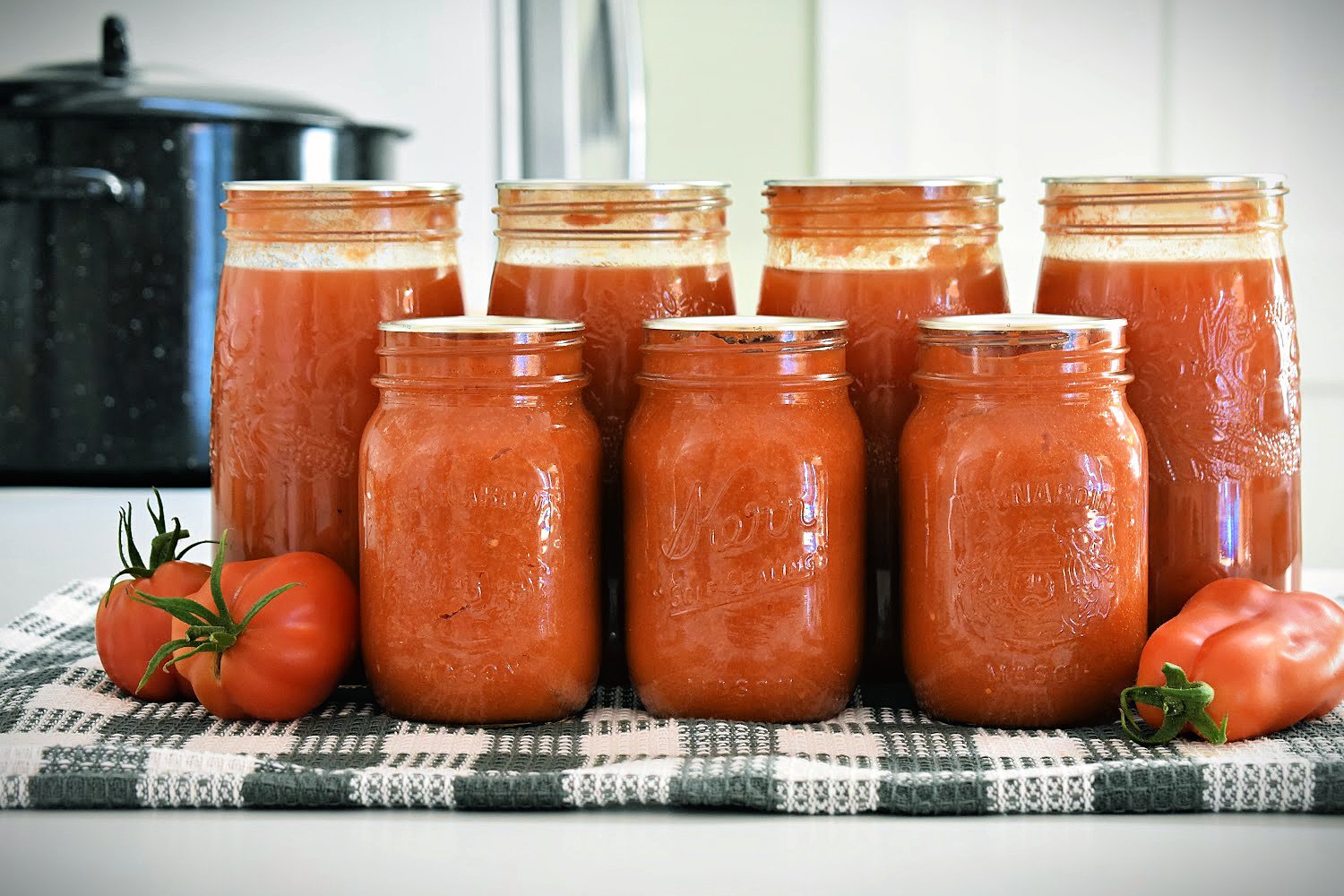
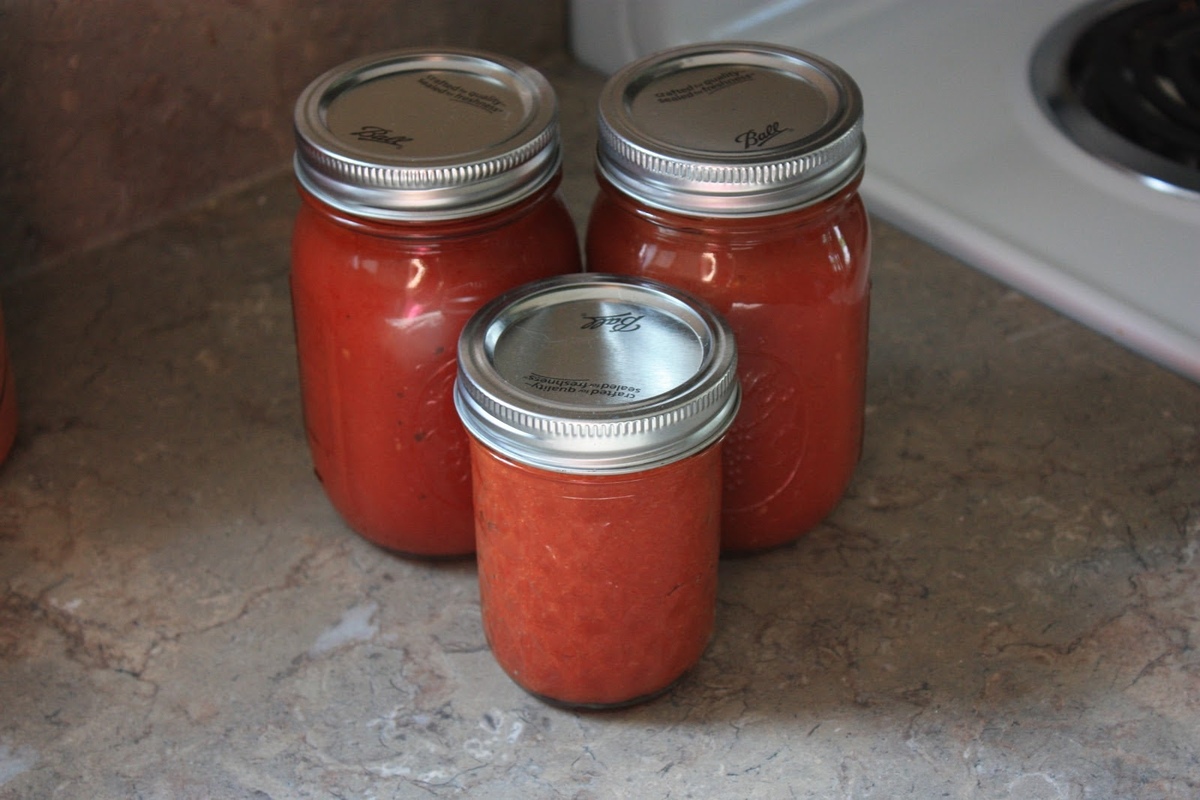
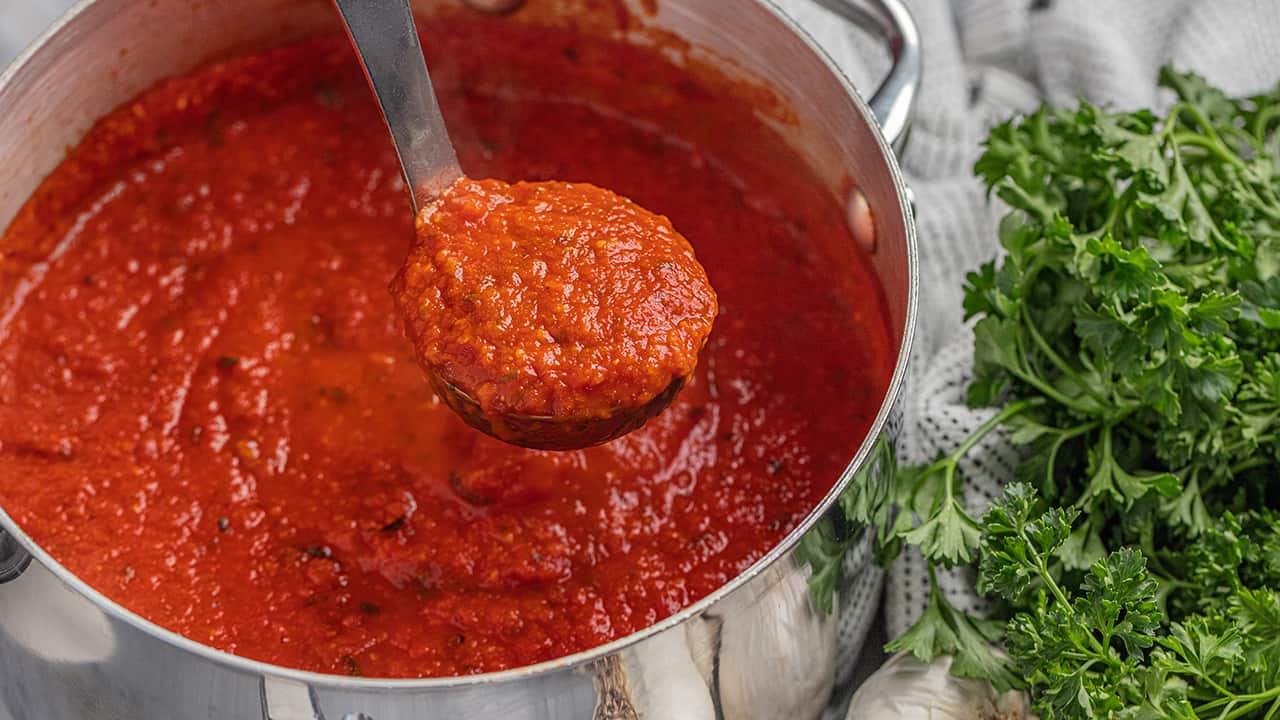
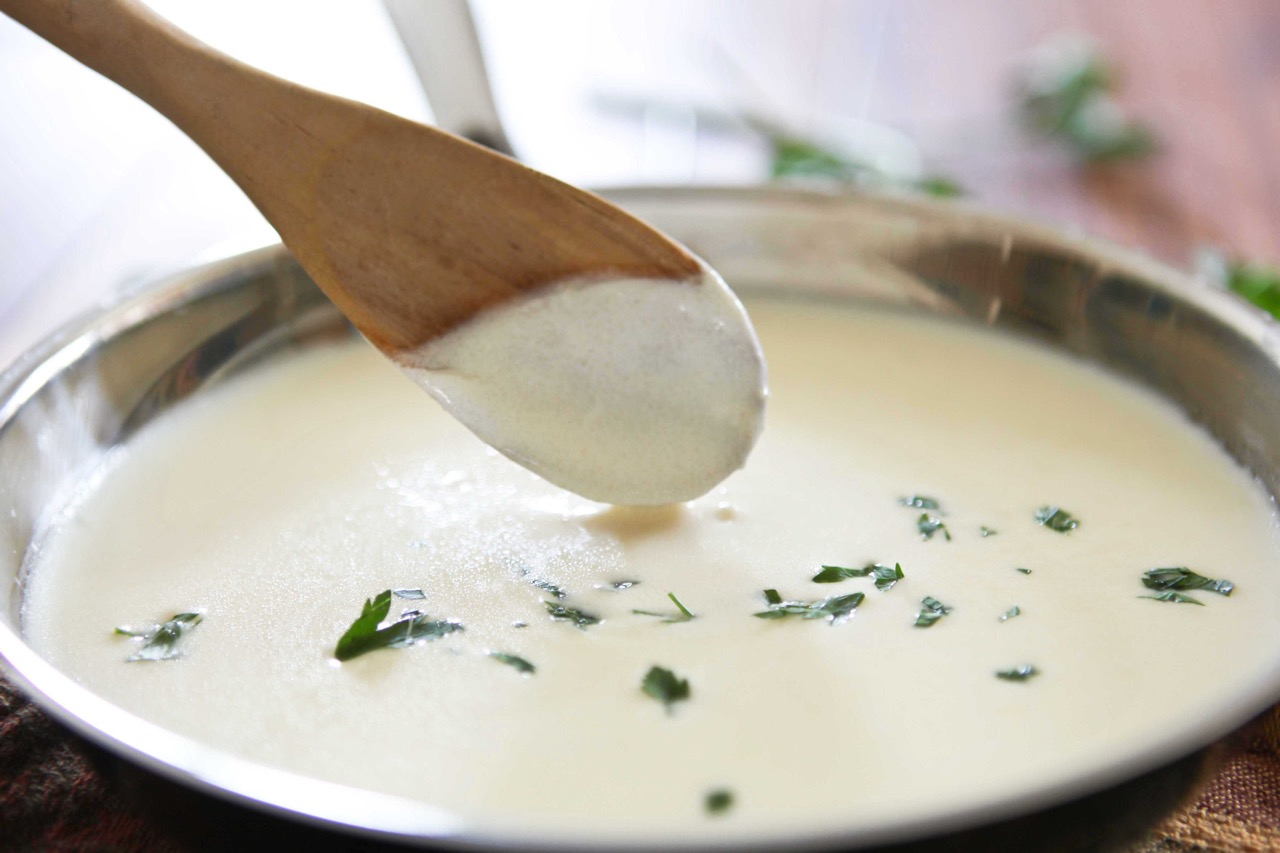

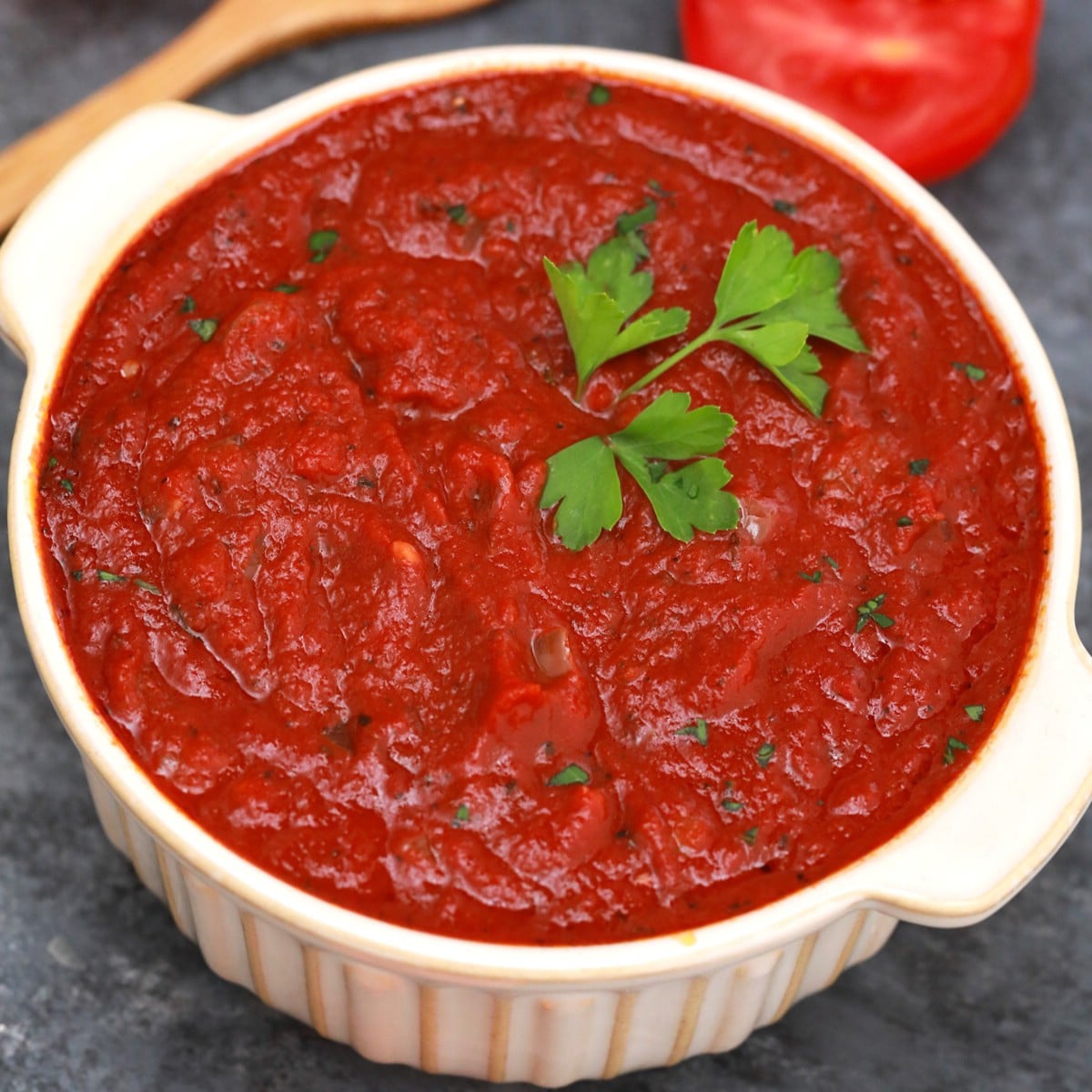
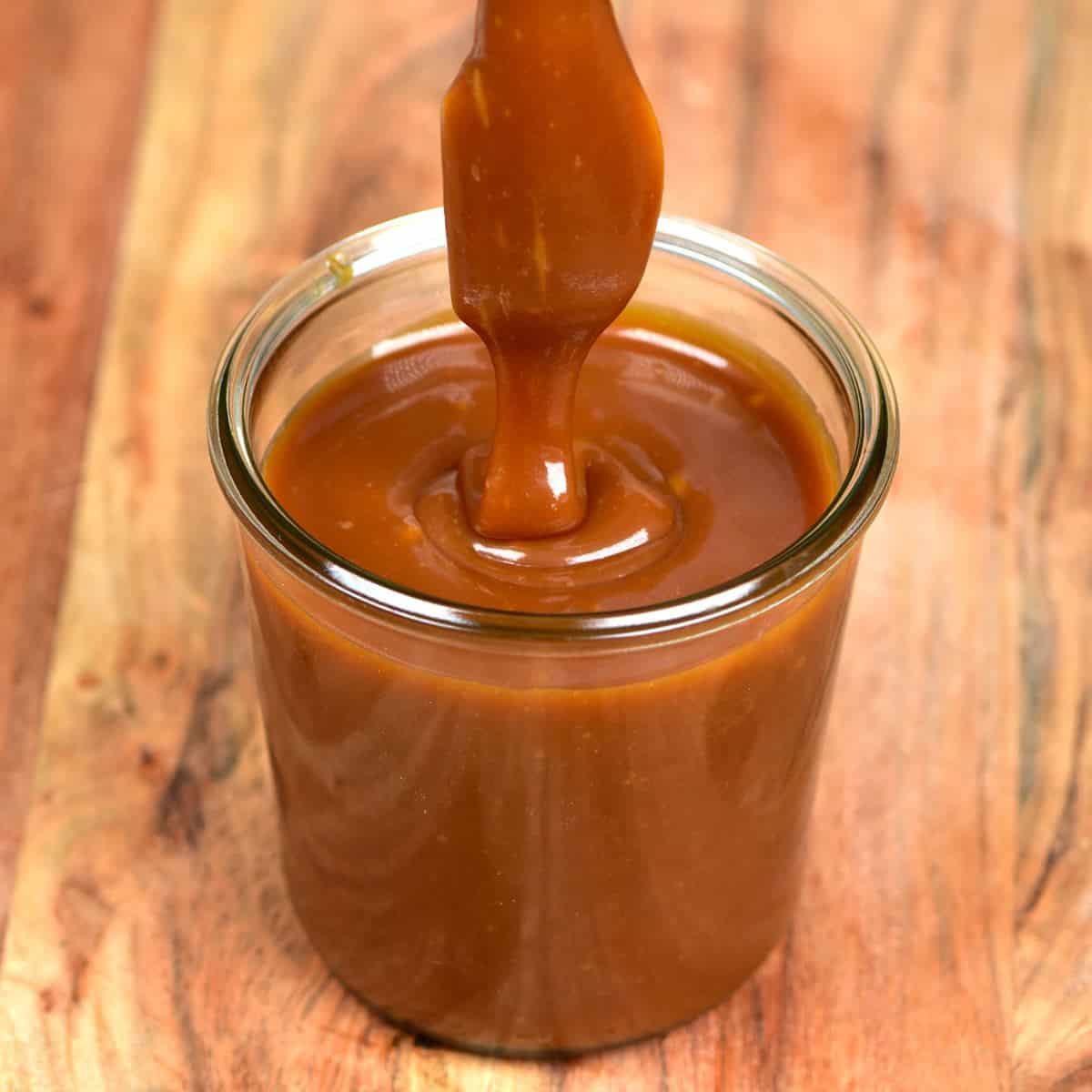
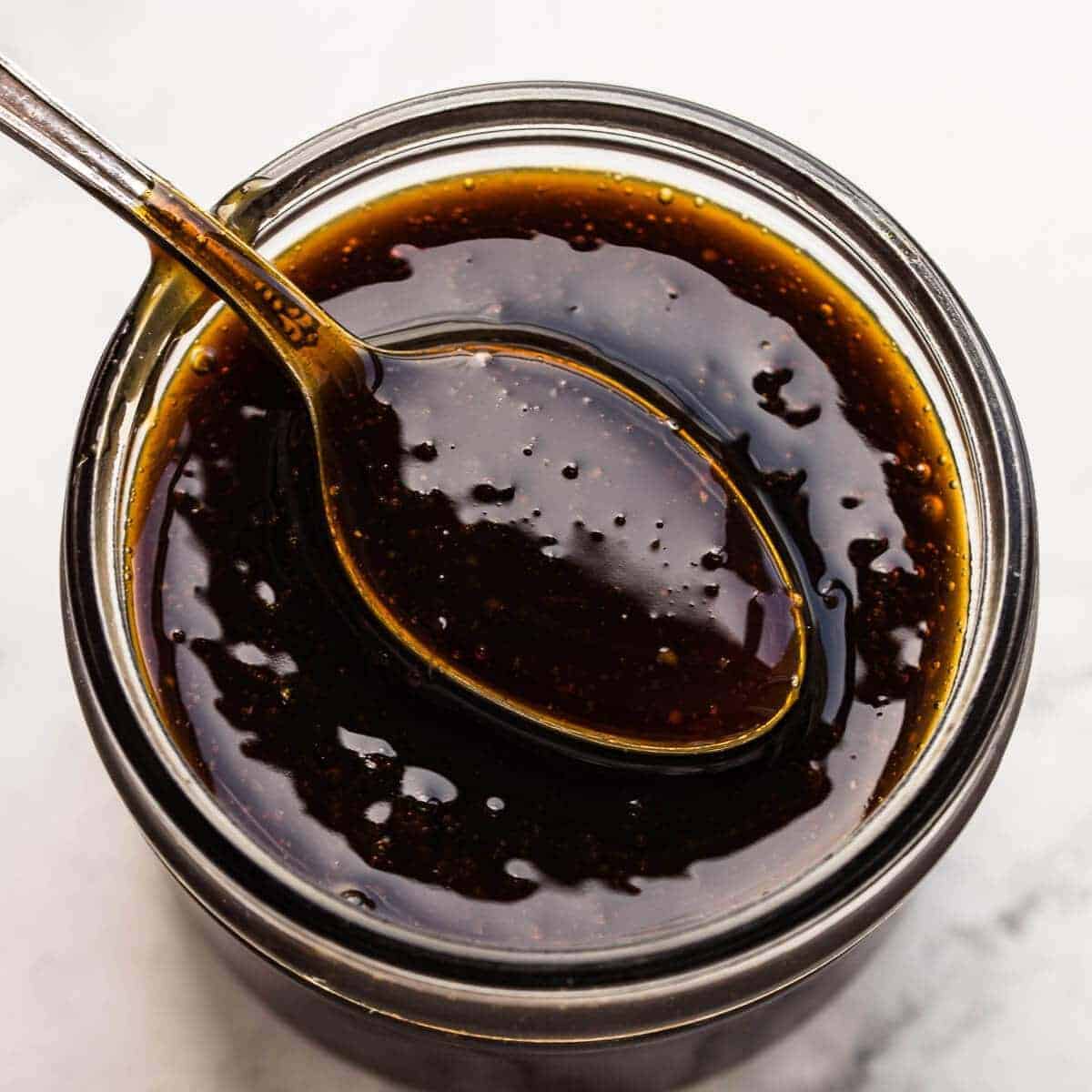
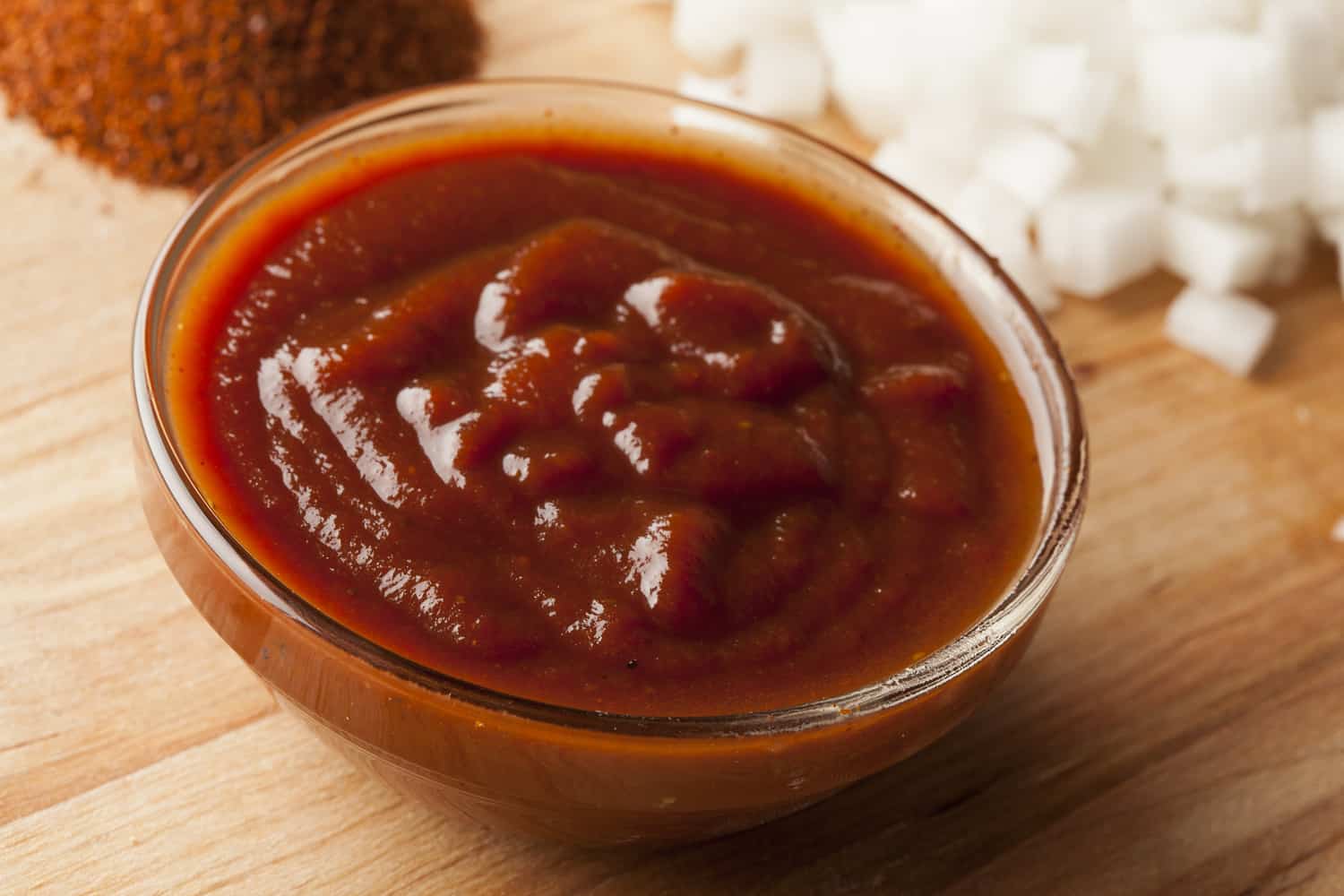
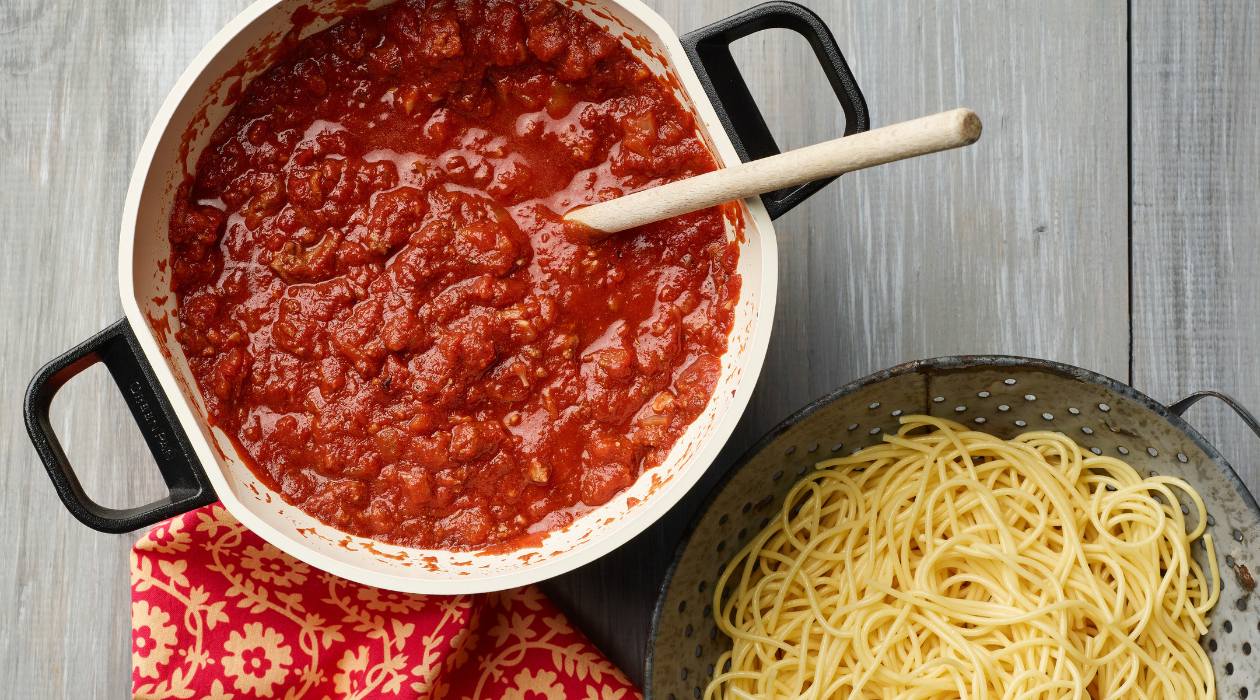
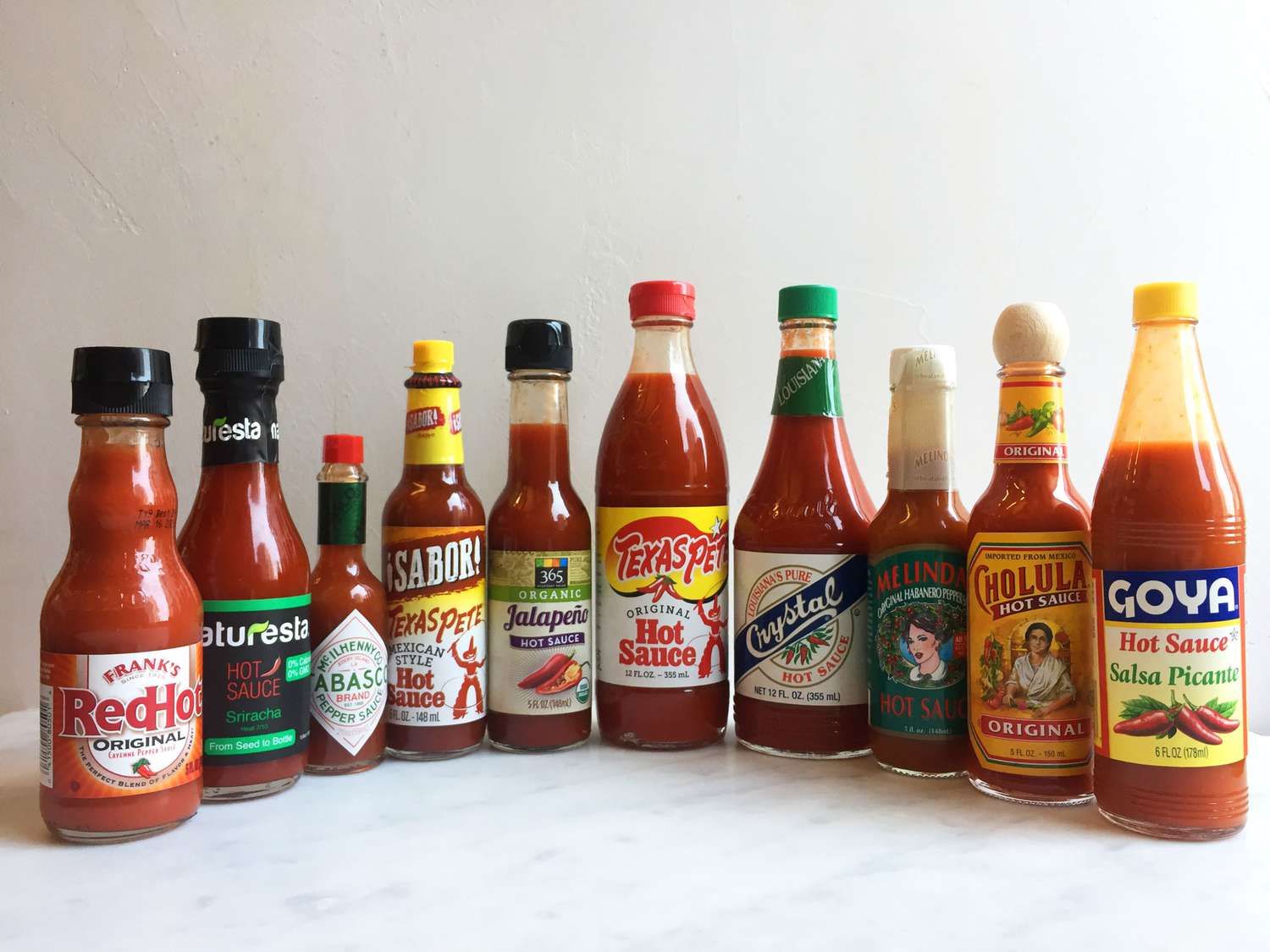


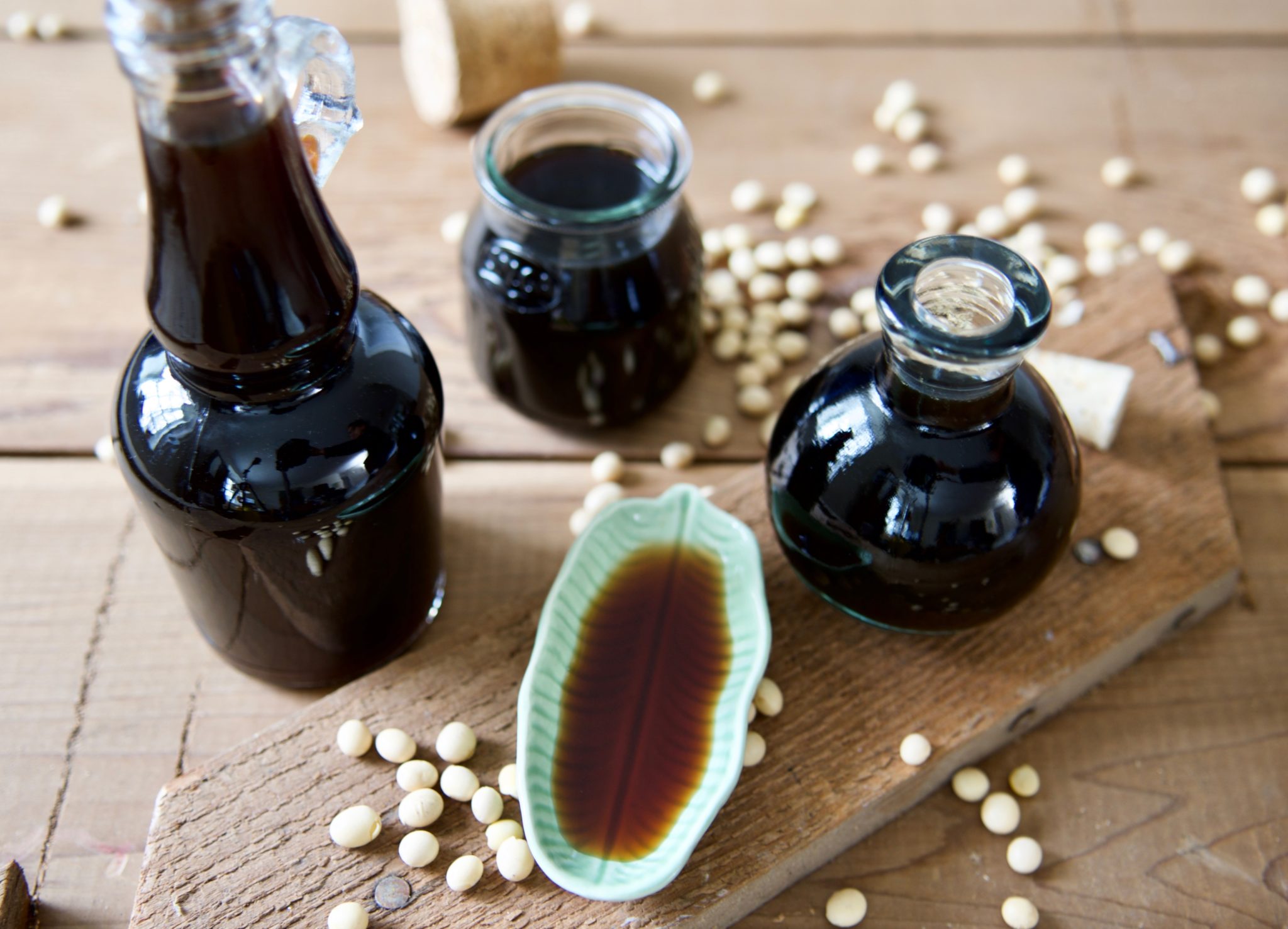

0 thoughts on “How To Store Homemade Marinara Sauce”